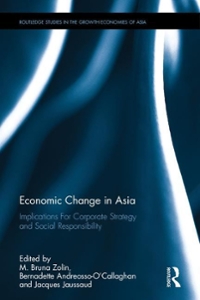Question
1)Suppose that a consumer's preferences are well behaved in that properties 4-1 to 4-4 are satisfied and the initial equilibrium consumption bundle consists of 100
1)Suppose that a consumer's preferences are well behaved in that properties 4-1 to 4-4 are satisfied and the initial equilibrium consumption bundle consists of 100 units of X and 50 units of Y. If PX decreases such that the new equilibrium consumption bundle is 150 units of X and 75 units of Y, then goods X and Y are:
complements.
substitutes.
inferior goods.
unrelated.
2)Suppose a manager views both quantity and profit as "goods." Such a manager will then have an indifference curve that:
is tangent to the profit curve somewhere between quantities of 0 and 2.5.
is tangent to the profit curve somewhere between quantities of 2.5 and 5.
intersects the profit curve at a quantity exactly equal to 2.5.
intersects the profit curve at a quantity exactly equal to 5.
3)Suppose a manager's preferences depend only on profit. Such a manager will then have an indifference curve that
is tangent to the profit curve somewhere between quantities of 0 and 2.5.
is tangent to the profit curve somewhere between quantities of 2.5 and 5.
is tangent to the profit curve at a quantity exactly equal to 2.5.
intersects the profit curve at a quantity exactly equal to 5.
4)Suppose that a consumer's preferences are well behaved in that properties 4-1 to 4-4 are satisfied and the initial equilibrium consumption bundle consists of 10 units of X and 25 units of Y. If PYincreases such that the new equilibrium consumption bundle is 15 units of X and 10 units of Y, then goods X and Y are:
complements.
substitutes.
normal goods.
unrelated.
5)Suppose we are given that the value of a particular utility function is a constant. That is, U(X,Y) = c. Then, the total derivative of this relation is:
6)Suppose the following Lagrangian is formed to maximize a consumer's utility subject to her budget constraint:
The first-order conditions for this problem imply:
MRS = 10.
PX/PY= 10.
All of the statements associated with this question are correct.
7) Suppose a consumer has M = $200 to spend on two goods, X and Y. If the per-unit prices of X and Y are respectively given by PX= $2 and PY= $4, then utility maximization subject to a budget constraint can be found from which of the following Lagrangians?
8)What is the maximum amount of good X that can be purchased if X and Y are the only two goods available for purchase and Px = $10, Py = $20, Y = 5, and M = 400?
80
20
40
30
9)
What is the maximum amount of good X that can be purchased if X and Y are the only two goods available for purchase and Px = $10, Py = $20, Y = 0, and M = 400?
0
20
40
30
10)
What is the maximum amount of good Y that can be purchased if X and Y are the only two goods available for purchase and Px = $10, Py = $20, X = 20, and M = 400?
10
20
5
0
Step by Step Solution
There are 3 Steps involved in it
Step: 1

Get Instant Access to Expert-Tailored Solutions
See step-by-step solutions with expert insights and AI powered tools for academic success
Step: 2

Step: 3

Ace Your Homework with AI
Get the answers you need in no time with our AI-driven, step-by-step assistance
Get Started


